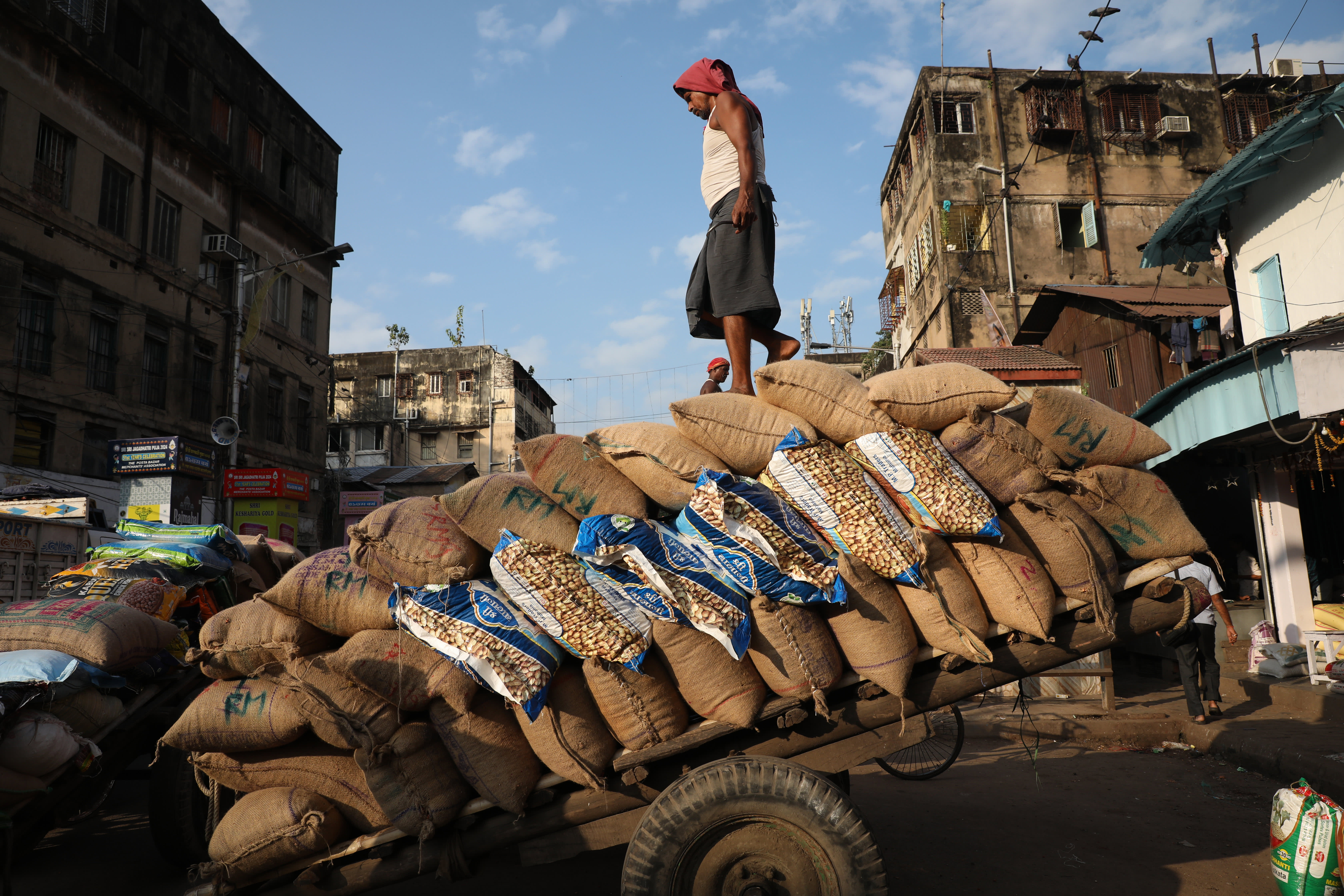
India’s headline inflation softened from 14-month highs, coming in at 5.48% in November.
The print was down from the 6.21% in October and was below the 5.53% expected by economists polled by Reuters.
It also comes after the RBI held rates at 6.5% during its latest monetary policy meeting last week, despite a surprise slowdown in economic growth. India’s economy expanded by just 5.4% in its second fiscal quarter ending September, well below estimates by economists and close to a two-year low.
While the Reserve Bank of India does not produce monthly inflation estimates, the RBI projected the headline print will hit 5.7% during the country’s third fiscal quarter ending in December. The central bank predicts inflation will reach 4.8% across the full fiscal year, which runs to March 2025.
Moving forward, the RBI said that food inflation is likely to soften in its fiscal fourth quarter, given the seasonal easing of vegetable prices and autumn harvest arrivals. Good soil moisture conditions, along with comfortable reservoir levels, also bode well for the production of winter crops.
Agriculture is a key component of India’s GDP, and food prices also play a key part in the country’s inflation readings, measured against a separate metric known as the consumer food price index.
The RBI has previously cautioned that adverse weather events and the rise in international agricultural commodity prices pose upside risks to food inflation. “Businesses expect pressures from input costs to remain elevated and growth in selling prices to accelerate from Q4,” it noted on Dec. 6.
A new monetary policy stance?
The inflation reading comes days after India named a new central bank governor, appointing Sanjay Malhotra to replace long-standing chief Shaktikanta Das in a move that some market watchers say strengthens the outlook for rate cuts early next year.
Das had been widely considered the most hawkish member of the RBI’s Monetary Policy Committee, and his departure could influence the board’s overall stance, said Shilan Shah, deputy chief emerging markets economist at Capital Economics in a note on Monday.
“The appointment of Mr Malhotra could set a new direction for the RBI,” Shah added.
Should inflation come down sustainably, the RBI will then have room to lower rates in an attempt to spur economic growth, after a slowdown for three straight quarters year-on-year.
Economists at Capital Economics are now expecting a 25-basis-point cut in India’s repo rate during either Malhotra’s first MPC meeting in February, or at an unscheduled gathering ahead of that. The group had previously predicted a rate cut would take place in April under Das’ leadership.
Economists at Citi meanwhile held to their view for a February cut.
— CNBC’s Dylan Butts contributed to this story.
Source: CNBC
